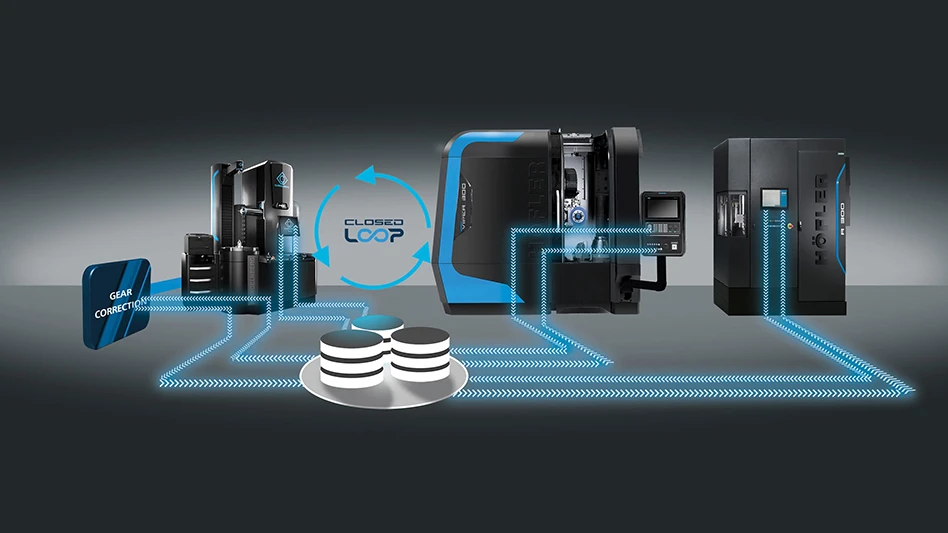
Having been involved in medical mergers & acquisitions (M&A) deals for more than 20 years, we have seen a lot of interesting behaviors. While many mid-market deals move forward without major disruption, a significant number would have had better outcomes if best practices had been followed.
Best practices in medtech M&A in 2019 include:
1. Have an exit strategy to maximize stakeholder value
A successful exit does not simply happen from deciding to sell. It begins with a well-thought-out exit strategy that plans possible scenarios and deploys tactics to positively influence the future result.
2. Hire an intermediary to collaborate on the sale
Independent studies show that intermediaries increase the likelihood of a successful sale transaction and increase the ultimate exit value. Engage an intermediary who has medtech industry experience and understands how to position the business.
3. Understand the potential buyer landscape in advance
Strategics – Take time to analyze the strategic fit and assess if it’s the right time for their participation.
Advantage of strategics – If they see the strategic fit, they can enhance the transaction value (especially if it’s a public company trading at a good multiple).
Disadvantage of strategics – They can tie stakeholders up for potentially greater value. Work with an intermediary to drive the process and not let any buyer (even a strategic) disrupt the process.
Private equity (PE) firms – Mid-market medtech companies making between $2 million and $50 million earnings before interest, taxes, depreciation, and amortization (EBITDA) per year are in prime position to be acquired by an aggressive PE firms in 2019. PE firms offer aggressive multiples for companies that run a professional process that serves stakeholders appropriately.
Individual executives – Entrepreneurs (with financial backers) often want to purchase a mid-market medtech company to run it and take it to the next level. The good news is they are usually willing to take a smaller deal – if there is a steady growth opportunity.
Competitors – Due to confidentiality concerns, competitors may not be the first contacted in the sale process. However, working with an intermediary strategically to bring competition in at the right time can usually increase the deal’s value.
In summary, if you are thinking about M&A in 2019 or in the coming years, it’s not too early to begin developing your exit strategy. In our M&A practice, we find that Value = Strategic Fit + Timing. When the time is right, involve your trusted confidential resources to evaluate the appropriate intermediary that will fit your needs and objectives. Then, work together collaboratively to maximize the great value you have created in your medtech company.
MedWorld Advisors
www.medworldadvisors.com

Explore the March 2019 Issue
Check out more from this issue and find your next story to read.
Latest from Today's Medical Developments
- MedTech Innovator welcomes five new industry partners
- First Article Inspection for quality control
- The manufacturing resurgence is here – are you ready?
- Workholding solutions for your business
- ZOLLER events will showcase the company’s cutting-edge innovations
- THINBIT’s MINI GROOVE ‘N TURN Acme threading inserts
- CMMC Roll Out: When Do I Need to Comply? webinar
- Metabolic research uses Siemens gas analyzers to deliver results with 99.9999% resolutions





